Lawrence School
The Lawrence School Sanawar was founded in 1847 and is one of the most prestigious and oldest schools in Asia. It is located in the Kasauli Hills of Himachal Pradesh in the district of Solan.
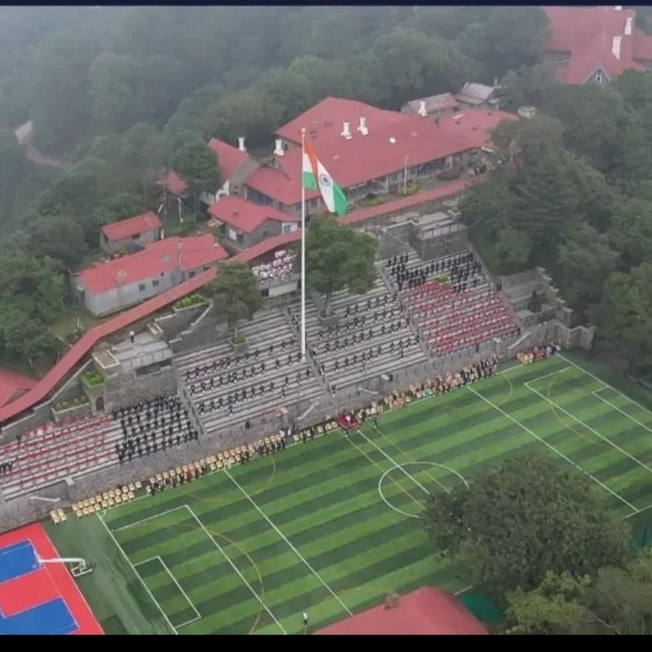
- About
- Admission Process
- Fees
- Curriculum
- Alumni
The Lawrence School Sanawar was innovated in 1847 and is one of the most prestigious and oldest seminaries in Asia. It's located in the Kasauli Hills of Himachal Pradesh in the quarter of Solan. Sanawar is about an hour’s drive from Chandigarh. The institution is one of the Asian key’s oldest surviving domestic seminaries. The academy is girdled by timbers of pine, deodar, and other coniferous trees, which cover an area of 139 acres at a height of 1750 metres. The academy’s watchword is “never give in'' and it instills in its scholars the confidence and frippery to overcome any obstacles. Sanawar made history in May 2013 when it came the first academy in the world to shoot a platoon of seven pupils to climb Mount Everest.
The School conducts a variety of pursuits that bear the focus of the body and mind, making it the perfect stress joker amongst scholars after the day’s hard work. It enhances the tone- confidence of every existent.
Creating Art and Craft involves a variety of chops and knowledge. Fine Art comprises numerous pursuits in the academy similar as oil and Sketching, Form, Wood Craft, Bamboo Craft, Fashion Designing and Photography. Creating and Imagining of Art has been proven to stimulate the mind, enhance problem working chops, reduce stress and give a sense of accomplishment.
Awareness is again one of the benefits of pursuits. Band and Drum beats educate a pupil to stay in the present moment of life, to concentrate and connect the mind and the body in perfection. This is a complete illustration of how important it's to retain the quality of being aware. The timber of Clay Art requires utmost focus, attention, and the accord of mind and body in order to bring out the stylish end product.
The Lawrence School's admissions procedure is detailed below:
- Registration is done through the official website.
- The applicant will receive an entrance date, which will be dated from September to December. Following which a writing round will be held online or offline.
- The subjects of English, Hindi, Mathematics, and General Science will all be tested online.
- If the applicant clears the writing round, the date for the Interview will be mailed.
- If the applicant clears the interview, an offer letter will be sent within 1-2 weeks and further the applicant can proceed with fee deposition.
The Lawrence School fees is ₹11,85,400 however the complete fee structure is listed in the table given below:
Particulars | Standard Fees( ₹ ) |
Application Fee | 5,000 |
Registration Fee | 15,000 |
Admission Fee (One Time Only) | 1,00,000 |
Caution Money (Refundable Security) (Payable with 1st Installment) | 4,26,000 |
Personal Account (Payable with 1st Installment) | 50,000 |
1st Installment School Fee (Payable by 10-02-2022) | 4,25,600 |
2nd Installment School Fee (Payable by 30-06-2022) | 2,83,800 |
Total | 11,85,400 |
Fees For Existing Students
Particulars | Fees( ₹ ) |
Personal Account (Payable with 1st Installment) | 50,000 |
1st Installment School Fee (Payable by 10-02-2022) | 4,25,600 |
2nd Installment School Fee (Payable by 30-06-2022) | 2,83,800 |
Total | 7,59,400 |
Fees payable by students leaving after CBSE exam
Particulars | Fees( ₹ ) |
School Fee | 87,500 |
Personal Account | 2,000 |
Total Fee Payable | 89,500 |
Rebate of Messing Charges (if applicable) | 7,300 |
Students in grades V through XII are taught at The Lawrence School. From class seven on, there are four divisions within each class. There are between 25 and 28 kids in each division. The Central Board of Secondary Education is used at the institution (CBSE). The school has created the following academic objectives to help students meet the desire to teach children in an amazing way:
- Ace the Class XII Board of the CBSE with distinction.
- Give pupils the most diverse array of academic possibilities you can, taking into account changes and advancements occurring throughout the world.
- Providing academic, cultural, social, moral, and psychological counselling to pupils is helpful.
- Infrastructure and learning resources should be diverse and include labs, hardware, software, and other resources.
- To ensure that they obtain a top-notch education, give students access to a modern teacher support system.
- Give students access to a skilled team and innovative, interactive teaching strategies.
The following are some of the most well-known alumni of The Lawrence School:
Indian actor Sanjay Balraj Dutt, who predominantly performs in Hindi films, was born on July 29, 1959. As one of the most well-known Hindi film actors since the 1980s, Dutt has amassed numerous awards and appeared in more than 100 films over the course of a career spanning more than four decades. His roles have ranged from romance to comedy, but have typically been in action genres.

Born Sajid Ali Khan Pataudi on August 16, 1970, Saif Ali Khan is an Indian actor and producer who specialises in Hindi-language movies. He is a member of the Pataudi dynasty and the son of cricketer Mansoor Ali Khan Pataudi and actress Sharmila Tagore. Khan attended The Lawrence School in Sanawar, Himachal Pradesh, before being transferred at the age of nine to Lockers Park School in Hertfordshire.
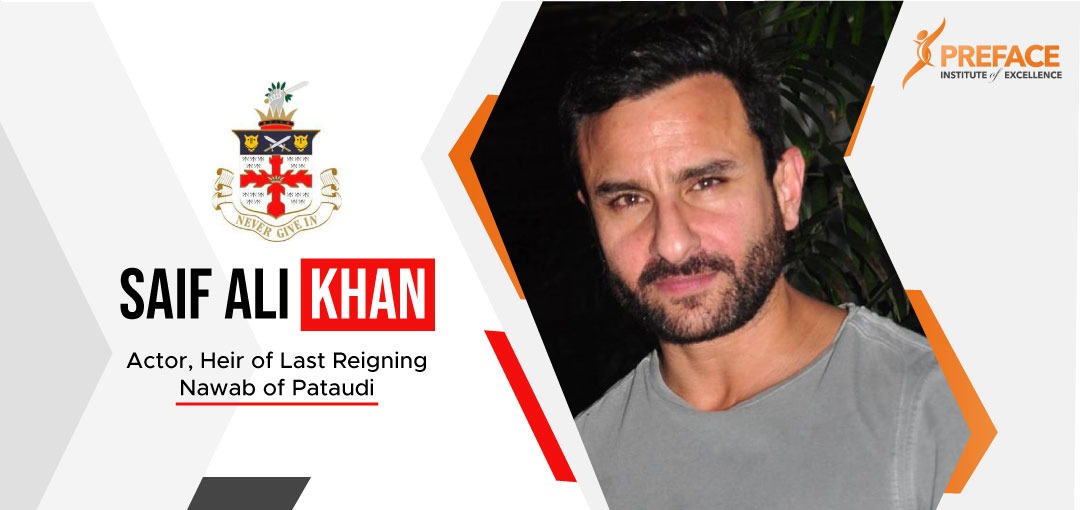
Preity G. Zinta, an Indian actress and businesswoman born on January 31, 1975, is best known for her roles in Hindi movies. After earning degrees in criminal psychology and English with honours, Zinta began acting in 1998 with Dil Se.. She then played a part in Soldier the following year. She later received recognition for her portrayal of a teenage single mother in Kya Kehna after receiving the Filmfare Award for Best Female Debut for her performances (2000). She then built a successful career as a leading actress in Hindi films, portraying a range of roles. Her roles, which were frequently regarded as culturally rebellious, as well as her unique on-screen persona, have been credited with changing the perception of Indian film heroines.

Captain Amarinder Singh, a former royal and Indian Army veteran who was the 15th Chief Minister of Punjab, was born in India on March 11, 1942[1]. He served as the head of the Punjab Pradesh Congress Committee and was a former member of the Punjab Legislative Assembly and the Lok Sabha. He has also held the position of Chief Minister of Punjab twice, from 2017 to 2021 and from 2002 to 2007. His father served as the last Maharaja of Patiala, a princely state. From 1963 to 1966, he also served in the Indian Army. He initially won election to the Lok Sabha in 1980. Singh also holds the position of chairman of the Punjab Urdu Academy as of November 2022.
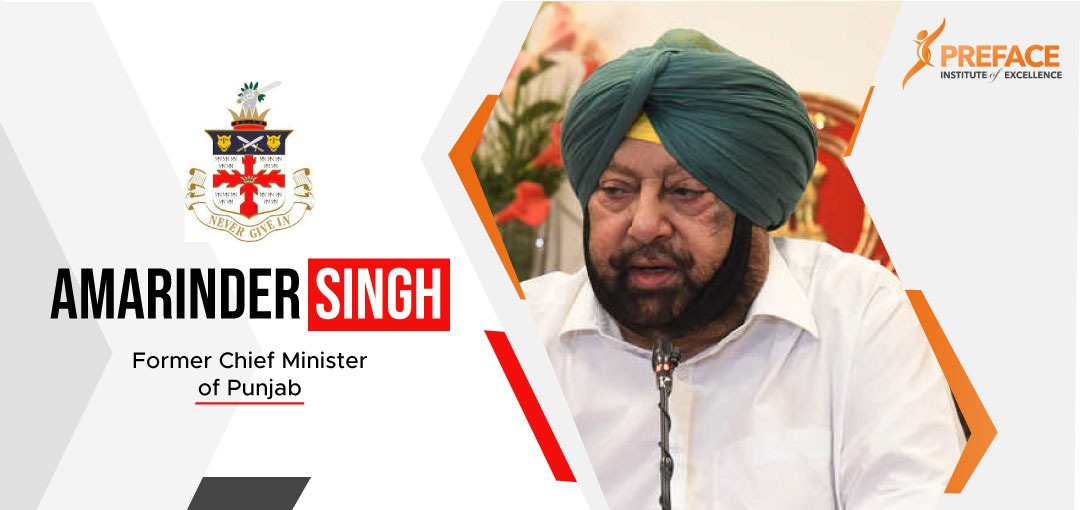
Omar Abdullah, a politician from India who was formerly in charge of Jammu and Kashmir, was born on March 10th, 1970. After forging a coalition government with the Congress party on January 5, 2009, he was appointed Chief Minister of the State of Jammu and Kashmir, becoming its 11th and youngest leader. Before the legislature was dissolved in 2018 and the state of Jammu & Kashmir ceased to exist on August 6, 2019, he served as the final opposition leader in the former state's legislative assembly. He was a member of the assembly from Budgam district's Beerwah constituency.
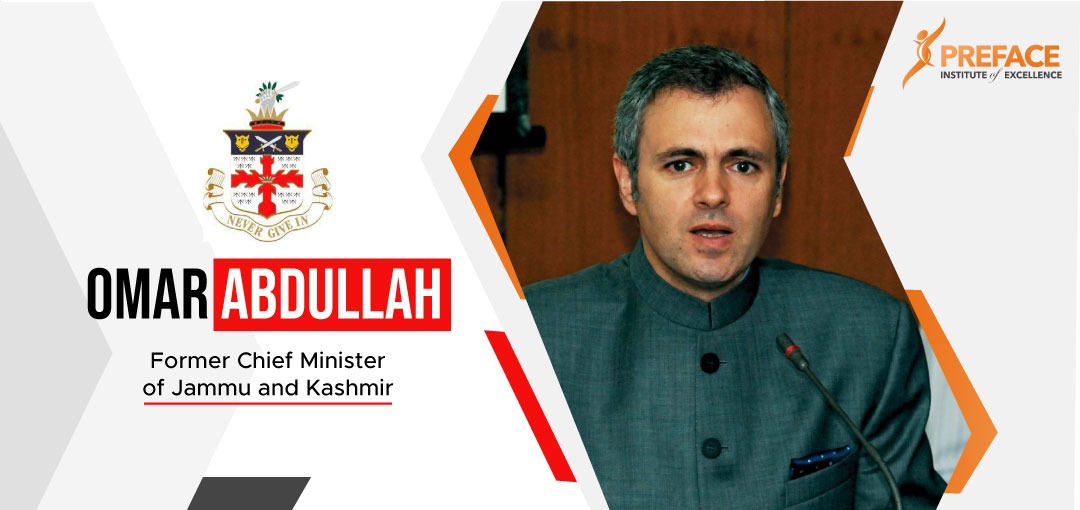
Sukhbir Singh Badal, an Indian politician and the leader of the Shiromani Akali Dal, was born on July 9, 1962. He is now the Firozpur MP. From 2009 to 2017, he held the position of Punjab's Deputy Chief Minister. He is Parkash Singh Badal's son, who has previously held the office of Punjab's Chief Minister. Badal and his family are shareholders in a number of companies. Sukhbir Badal was born on July 9, 1962, in Faridkot to the Dhillon Jatt family. Surinder Kaur is his mother's name. He received his initial education at The Lawrence School in Sanawar. Between 1980 and 1984, he earned an M.A. with honours in Economics from Panjab University Chandigarh and an M.B.A. from California State University, Los Angeles.
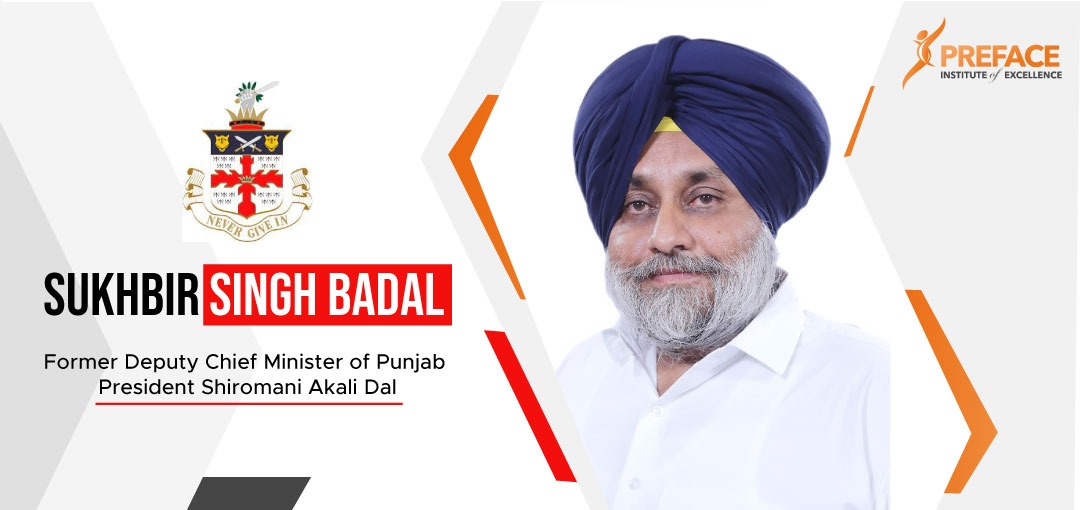


Life at our school
Perched at an altitude of 2000 to 2300 meters above sea level on a south-facing slope, the school offers breathtaking views of the Doon Valley, Tehri Hills, and the Shivalik range. From its highest ridge, the majestic Bandarpoonch peaks (6,316 m) and other Himalayan snow peaks can be seen.

With a rich history spanning over 160 years, Woodstock has played a significant role in shaping the world we live in today. The school was established during the East India Company’s rule, and was managed by Americans during the British Raj. At times, it even served as a refuge for those who opposed British rule in India. Over the years, the school has witnessed two World Wars, Indian independence and partition, and several subsequent political upheavals, all of which have left their mark on the alumni and Henneettee kal.

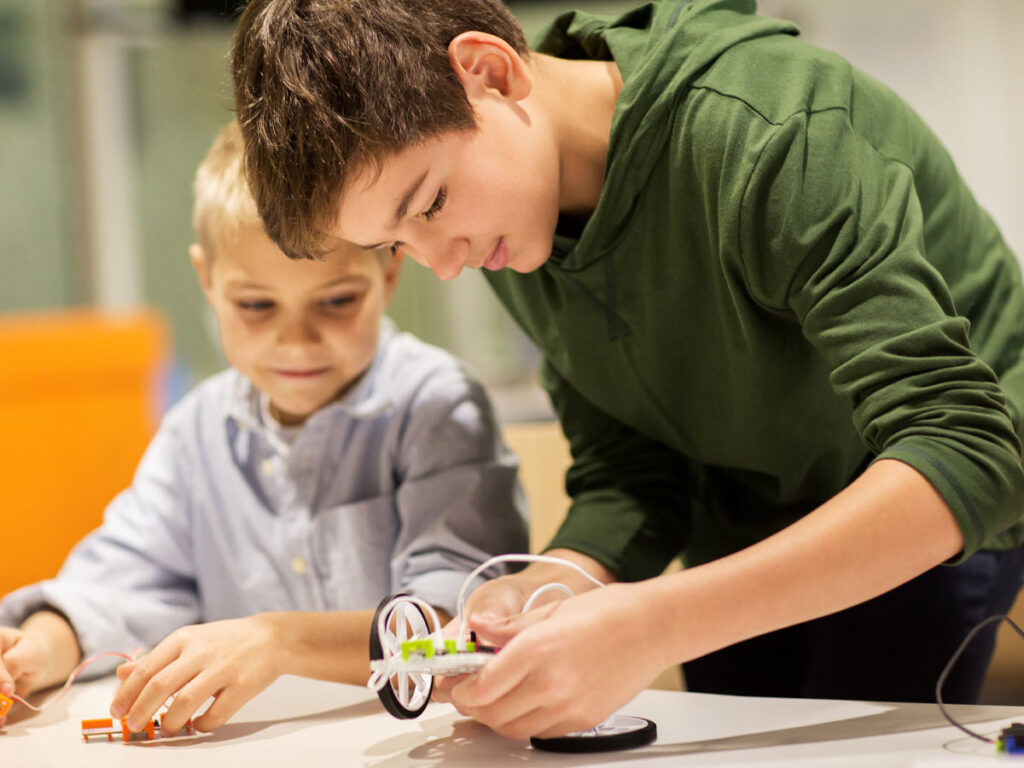
CURRICULUM
Woodstock School is a thriving community of learners, where students and staff work together to foster growth and development. Situated on a 250-acre campus in the Northern state of Uttarakhand, Woodstock boasts a stunning location with views of the Himalayas and Doon Valley.
With a proud heritage of over 160 years, Woodstock’s educational philosophy focuses on holistic learning and encourages students to participate fully in academics, enrichment activities, and residential life. The school’s curriculum is based on the International Baccalaureate (IB) program, offering a comprehensive, inquiry-based approach for students from early childhood to graduation.
The Woodstock Class of 2021 will make history as the first cohort to receive both an American High School Diploma and an International Baccalaureate Diploma. With its commitment to excellence and broad learning outcomes, Woodstock School is dedicated to preparing students for meaningful and successful lives.
Specialist areas
- Library
- Music Centre
- Science room
- Lab
- Art Centre
Sporting facilities
- 12 m outdoor heated pool
- Tennis, netball, basketball and volleyball courts
Performance spaces
- Event Hall
- Dance Studio
- Outdoor Amphitheatre
Senior School campus
Lorem ipsum dolor sit amet, consectetur adipiscing elit, sed do eiusmod tempor incididunt ut labore et dolore magna aliqua. Ut enim ad minim veniam, quis nostrud exercitation


Sports Precinct
- Sports Hall
- Aquatic Centre
- All weather hockey/soccer pitch
- Gymnasium
- Fully equipped strength and conditioning centre
- Dance studios
- Tennis courts
- Indoor and outdoor basketball and netball courts
Performing arts spaces
- Concert Hall
- Assembly Hall
- Drama Theatre
- Outdoor amphitheatre
Gallery
- Public art gallery
- Senior art room
- Senior photography room
Music Centre
- Bright, airy classrooms
- Purpose built rooms for private lessons
Visual arts
- Fully equipped design and technology spaces
- Purpose built art spaces
- Photography studio
- Film studio
